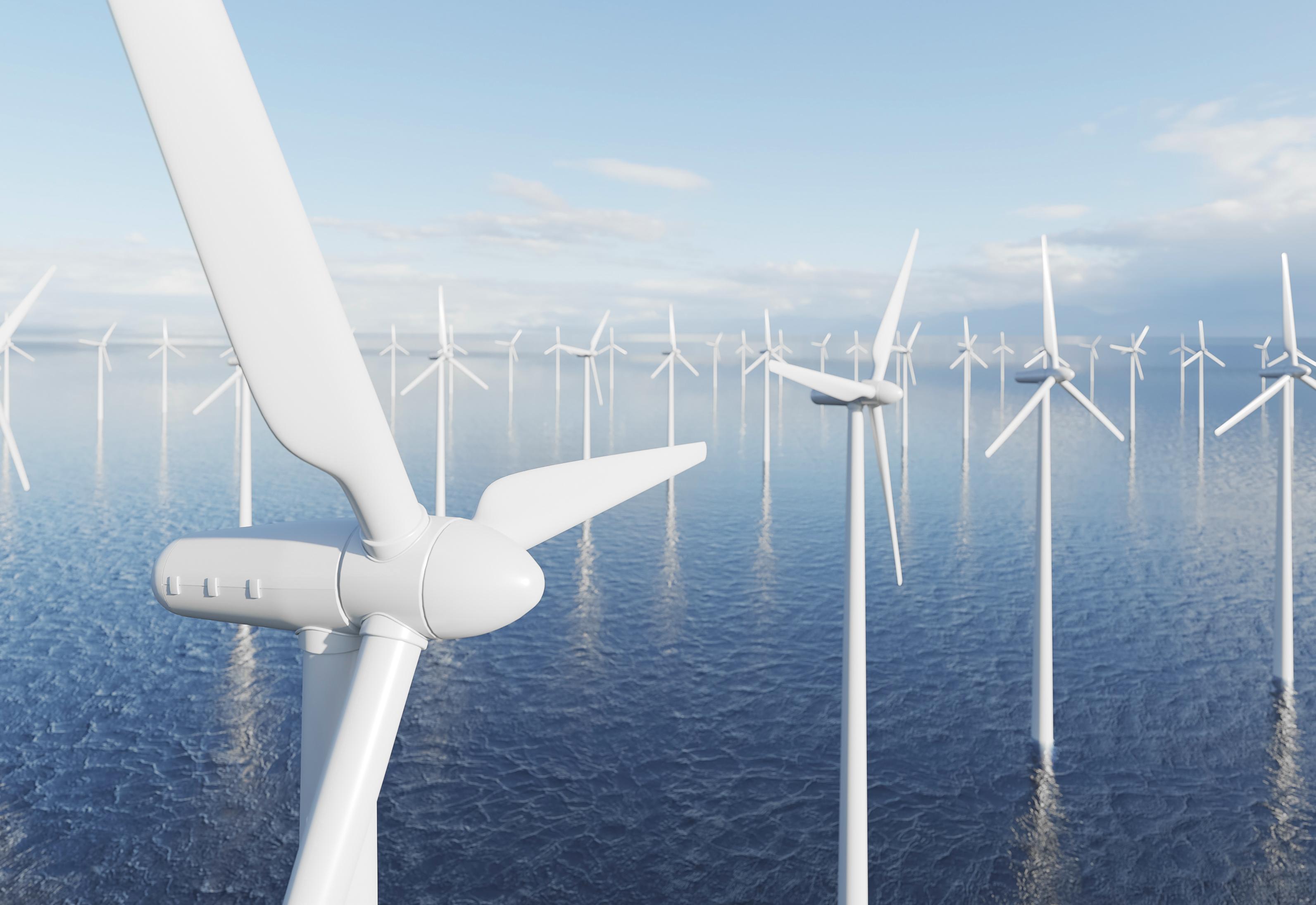In January 2025, India achieved a major milestone in its renewable energy sector, with solar power accounting for nearly 59.99% of the country’s total renewable energy generation, excluding large hydropower. The country generated 12,285.74 million units of solar energy, highlighting its commitment to clean and sustainable power. The total renewable energy capacity, excluding large hydropower, reached 165.202 GW by the end of the month, with solar installations contributing 100.329 GW. This growth reflects the impact of government policies, incentives, and technological advancements that have encouraged investment in solar energy projects.
Alongside solar energy, wind power remains a significant contributor to India’s renewable energy mix. In January 2025, wind energy contributed 26.61% of the total renewable generation, producing 5,637.69 million units. The installed wind capacity stood at 48.365 GW. However, despite wind energy’s continued importance, its generation showed a slight decrease compared to the same period in the previous year. This fluctuation could be attributed to seasonal changes in wind patterns, highlighting the challenges of managing renewable energy generation throughout the year.
While solar and wind dominate India’s renewable energy mix, other sources like biomass, bagasse, and small hydropower also play an essential role, collectively contributing 15.39% of renewable energy generation in January 2025. The presence of multiple energy sources is crucial for reducing reliance on fossil fuels and ensuring a resilient and sustainable energy infrastructure.

India’s total renewable energy generation for January 2025, excluding large hydropower, reached 21,184.71 million units. This marked a 7.14% increase from the previous month and a substantial 31.88% rise compared to January 2024. The seasonal increase in solar generation can be linked to the approaching summer, which results in longer daylight hours and stronger sunlight intensity. Conversely, wind power is more susceptible to seasonal variations, with winter months bringing reduced wind activity in some regions.
The impressive growth in solar energy highlights India’s leadership in renewable energy development. However, the declining wind energy generation compared to last year raises questions about maintaining a balanced and stable renewable energy supply. Relying heavily on a single renewable source could pose risks, emphasizing the need for a diversified energy mix.
Looking ahead, India remains on track to meet its ambitious goal of 500 GW of renewable energy capacity by 2030. However, challenges such as grid integration, financing, and scaling up infrastructure remain significant hurdles. Expanding energy storage solutions, improving transmission networks, and ensuring policy stability will be critical for achieving these goals. Collaboration between the government, private sector, and research institutions will be key to overcoming these challenges and sustaining long-term growth in the renewable energy sector.
India’s progress in solar and wind energy positions it as a global leader in clean energy. By continuing its focus on sustainability, the country can further strengthen its energy security, reduce carbon emissions, and contribute to economic growth while addressing the pressing need for climate action.
















